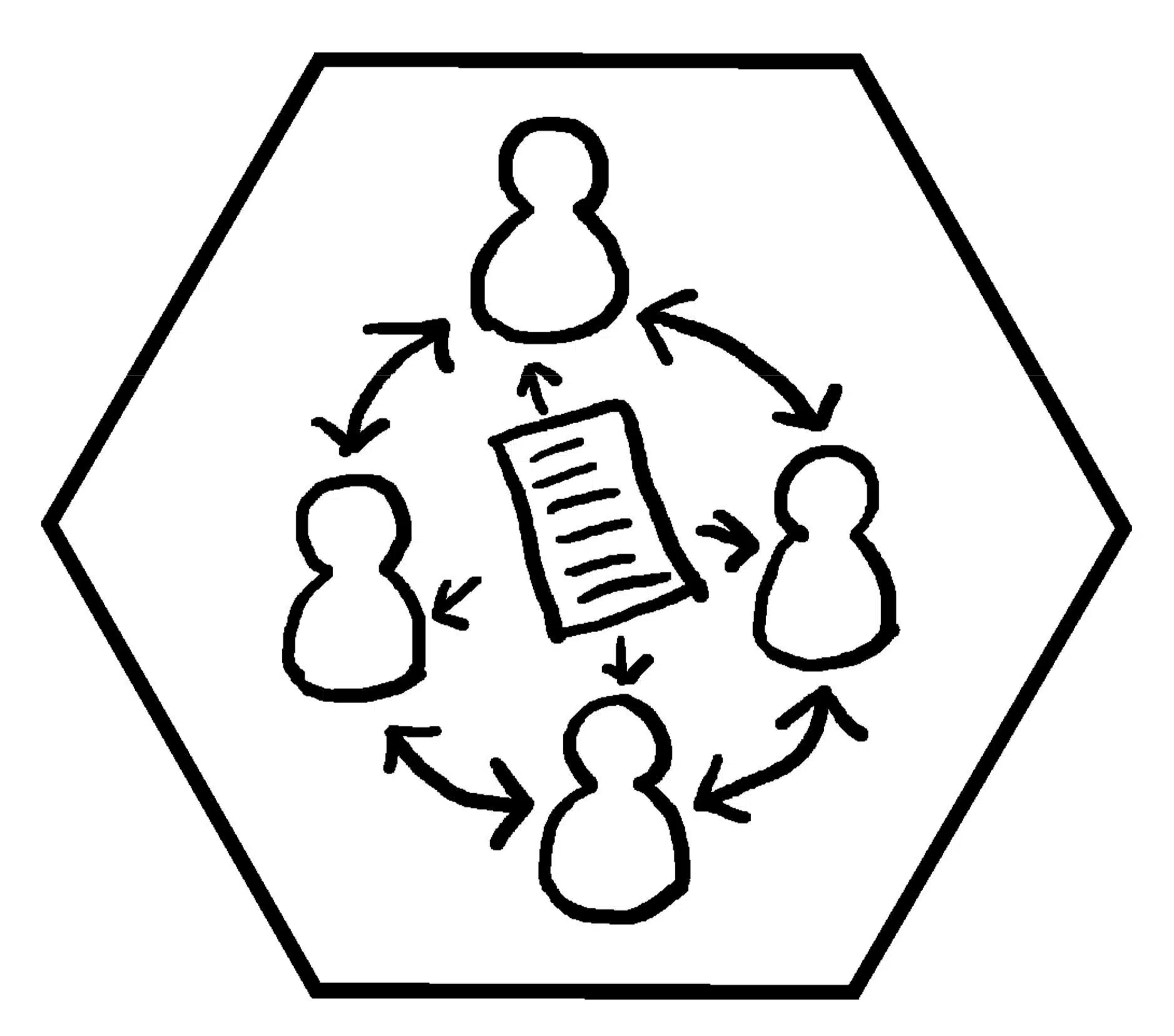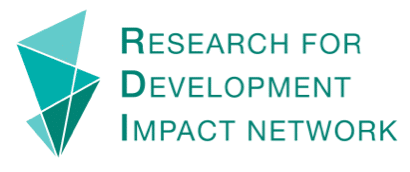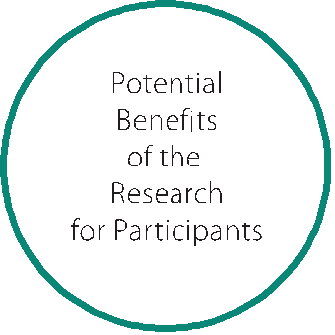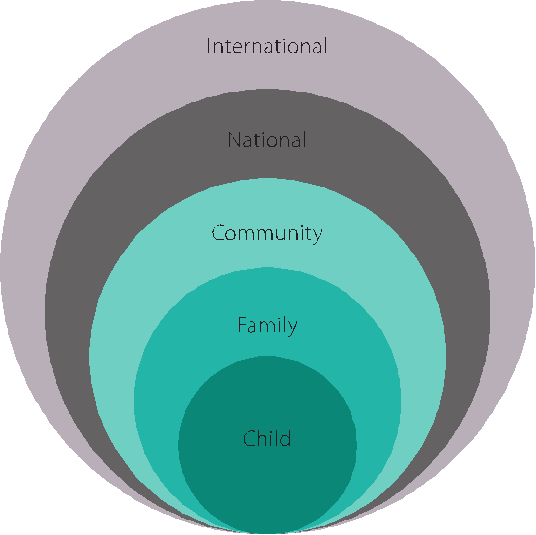While it is accepted that participating in research may sometimes involve elements of inconvenience or discomfort, any risks of harm should be minimised at all times.
Research that addresses non-sensitive issues or topics, or that does not involve vulnerable groups would usually be considered low or negligible risk. However, when working with vulnerable groups in international development settings, the risk of harm may be heightened and research would thus be considered potentially high risk.
The Spectrum of Risk in Research
Negligible risk: Identified as an inconvenience, represents a minor negative outcome of research that does not cause discomfort and the research participant is willing to bear. Inconvenience might simply be giving up time to participate in research, traveling to the research location, or filling in forms.
Low risk: Identified as discomfort, represents is a negative outcome of participating in research. It is more than an inconvenience but less serious than harm. Discomfort might be caused by uncomfortable interview questions, lack of clarity about the research or sharing information that might be private or personal.
High risk: Identified as harm, refers to the adverse effect that research might have on an individual or group participating. It could be could be physical illness or injury, distress, pain, psychological disturbance, devaluation of personal worth and social disadvantage.
_______________
It is the responsibility of the researcher to minimise risks, re-assessing the need for the research, or the research aims or methods, or both. Researchers also have a responsibility to include mechanisms or a process to respond to potential high risk situations, and cease research immediately if harm is caused.
Researchers can use the Spectrum of Risk Tool I to identify any risks involved in the research. Researchers can use Tool J to assess the likelihood of different types of risks and identify strategies to mitigate these.
When is Ethical Review Needed?
Research that is deemed to have high risk may require an additional ethical review process.
Tool K provides a flowchart that can be adopted for your research organisation to help determine whether an ethical review is necessary. Tool L offers an alternative method, in the form of a checklist.
If researchers do not have access to an informal or formal ethics review panel, please contact the RDI Network to help identify expert advice before commencing any high risk research.



 Beneficence is action that is done for the benefit of others. This principle implies that the research should have some expected benefit for participants. In this context it also means that the benefits for participants or their wider community justify any discomfort or inconvenience caused by the research.
Beneficence is action that is done for the benefit of others. This principle implies that the research should have some expected benefit for participants. In this context it also means that the benefits for participants or their wider community justify any discomfort or inconvenience caused by the research. Protecting Children and Young People
Protecting Children and Young People

